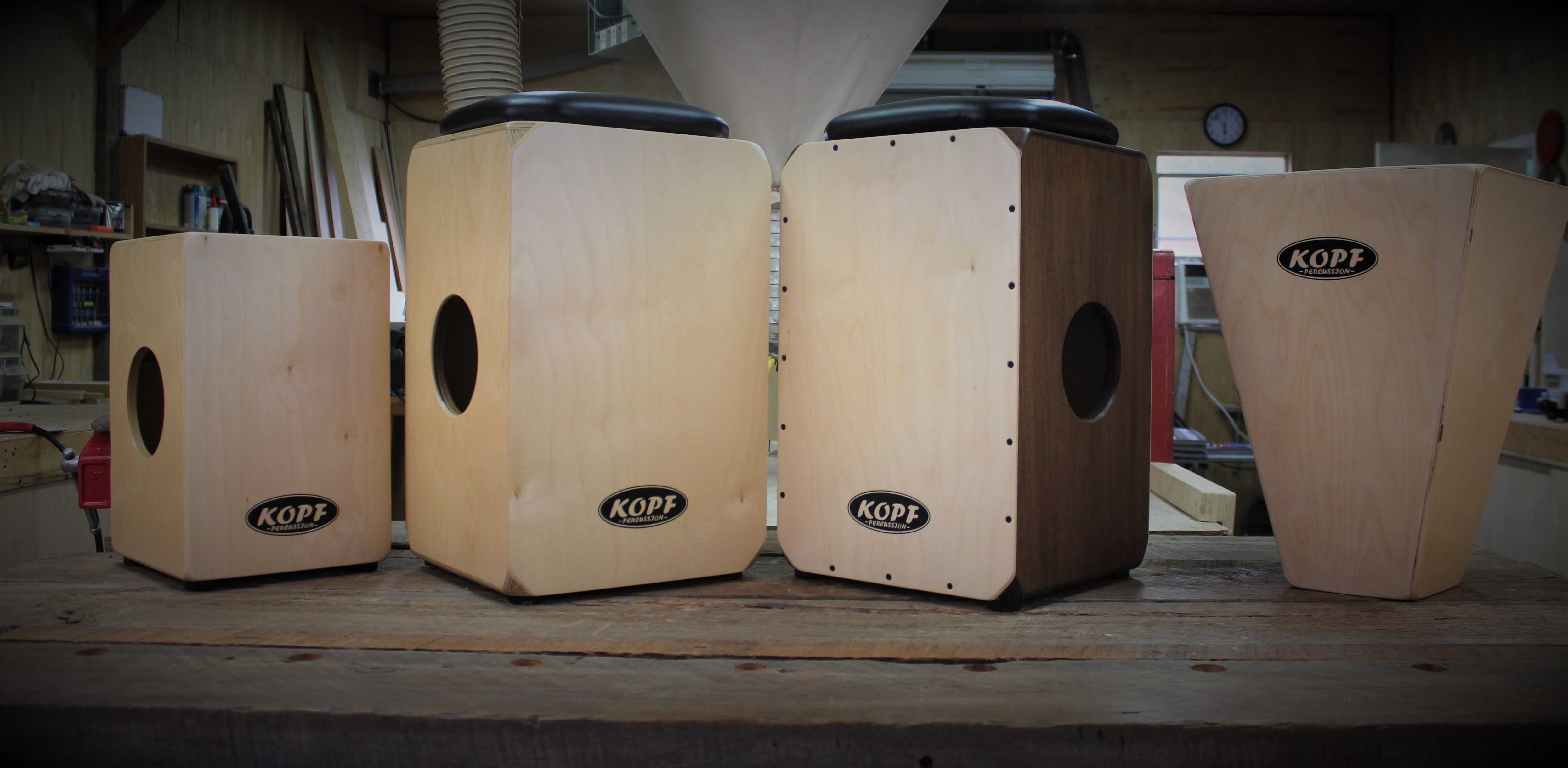Posted by Steve Head on 18th Apr 2023
How To Choose A Cajon That Is Right For You
If you're interested in adding some percussion to your music, a cajon is a great instrument to consider. It's versatile, portable, and relatively easy to play. But with so many options on the market, how do you choose the right cajon for you? In this article, we'll guide you through the process of selecting a cajon that fits your needs and preferences.
- Consider Your Budget
The first thing to consider when shopping for a cajon is your budget. Cajons can range from under $100 to over $1000, depending on the materials, quality, and brand. While it's tempting to go for the cheapest option, keep in mind that a high-quality cajon will sound better, last longer, and be more comfortable to play. Set a realistic budget that allows you to get a decent cajon without breaking the bank.
- Determine Your Playing Style
Cajons come in different shapes and sizes, each with its own sound and feel. The type of music you play and your playing style will influence which cajon is right for you. Here are some factors to consider:
- Flamenco-style cajons have a snare inside that produces a crisp, cutting sound. They're ideal for playing fast, rhythmic patterns and are commonly used in flamenco, Latin, and pop music.
- Peruvian-style cajons don't have a snare and produce a warmer, more resonant sound. They're better suited for slower, more melodic playing and are commonly used in traditional Peruvian music.
- Box-style cajons are the most versatile and can be used for a wide range of music styles. They have a snare and are adjustable, allowing you to customize the sound to your liking.

Consider which style of cajon best fits your playing style and the music you intend to play.
- Choose the Right Size
Cajons come in different sizes, from small "travel" cajons to larger, more traditional sizes. The size of the cajon affects the sound and feel, as well as the portability. Here are some factors to consider:
- Small cajons are easier to transport but may produce a weaker sound and have less room for your hands.
- Large cajons have a fuller sound and more room to play but may be more difficult to transport and store.
Consider which size of cajon best fits your needs and preferences.
- Check the Materials
The materials used to make a cajon will affect the sound, durability, and overall quality. Here are some factors to consider:
- The body of the cajon is usually made of wood, with different types of wood producing different sounds. Common types of wood used include birch, maple, oak, and mahogany.
- The playing surface of the cajon is usually made of plywood or solid wood, with different thicknesses affecting the tone and resonance.
- The snare wires (if applicable) can be made of steel, brass, or nylon, with different materials producing different sounds.
Consider the materials used in the cajon you're interested in and how they affect the sound and quality.
- Try Before You Buy
The best way to choose a cajon is to try it out before you buy it. This allows you to feel the sound and the feel of the instrument and make sure it fits your needs and preferences. Here are some tips for trying out cajons:
- Play a variety of rhythms and styles to test the versatility of the cajon.
- Sit on the cajon and make sure it's comfortable to play for extended periods.
- Listen for the tone, resonance, and volume of the cajon, and make sure it
As an Amazon Associate, I earn from qualifying purchases. This means that if you click on the link and make a purchase, I may receive a small commission at no extra cost to you. This helps support my work in providing quality content. Thank you for your support!
Check out my next Blog post:


